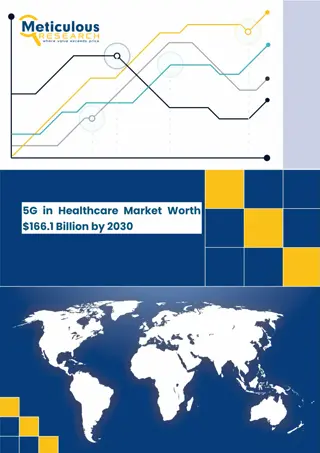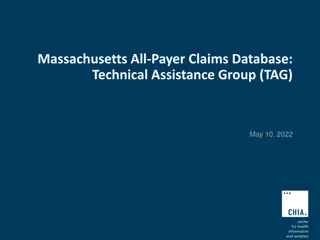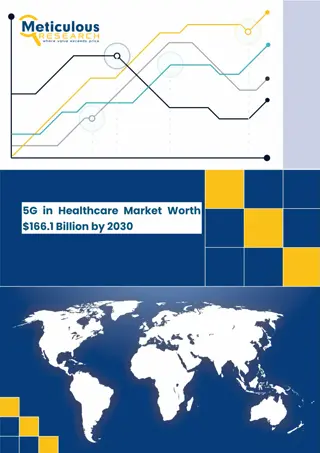Evolution of Payer-Provider Integration in Healthcare
Delve into the historical journey and present strategies surrounding payer-provider consolidation, vertical integration, and provider-led initiatives in healthcare, shedding light on challenges, opportunities, and the impact on care delivery models and financial landscapes.
Download Presentation

Please find below an Image/Link to download the presentation.
The content on the website is provided AS IS for your information and personal use only. It may not be sold, licensed, or shared on other websites without obtaining consent from the author.If you encounter any issues during the download, it is possible that the publisher has removed the file from their server.
You are allowed to download the files provided on this website for personal or commercial use, subject to the condition that they are used lawfully. All files are the property of their respective owners.
The content on the website is provided AS IS for your information and personal use only. It may not be sold, licensed, or shared on other websites without obtaining consent from the author.
E N D
Presentation Transcript
Payer-Provider Consolidation Lawton Robert Burns, Ph.D., MBA The James Joo-Jin Kim Professor Dept of Health Care Management The Wharton School burnsL@wharton.upenn.edu Presentation to FTC/DOJ Competition Workshop Washington D.C. February 25 2015 1
Vertical Integration Payers & Providers HMOs PPOs Buyers Hospitals Physicians Suppliers 2
History of Payer-Provider Integration 1930s & 1940s: Group/staff model HMOs (e.g., Kaiser, GHC, etc.) 1970s - 1980s: IPA model HMOs (e.g., Hill Physicians) 1970s 1980s: Rural-based IDNs develop health plans (Geisinger, Carle, Scott & White, etc.) 1980s: insurers acquire primary care groups, investor-owned hospitals acquire insurers 1990s: insurers sell off primary care groups to PPMs 1990s: nonprofit hospitals get into insurer business in anticipation of capitated care partly stimulated by BBA 97 (Provider-Sponsored Organizations)
Hospital Sponsored Health Plans First wave interest peaked in mid-1990s Products rarely achieved substantial scale (failure to reach MES ~ 100K lives) Host of problems (Burns & Thorpe, 2000): Viable in selected markets where a large plan dominates market (e.g. Lansing, Indianapolis) Under-capitalization Inability to sufficiently grow & compete Substantial financial losses in early years Huge medical loss ratios No actuarial or marketing expertise Conflicting capital needs with rest of system Internal conflicts : cost minimization v. revenue maximization Exclusive affiliations with plans obviate value of plan sponsorship Provider plans die off in late 1990s and early-mid 2000s as market transitions to open-access
Provider-led Integration with Payors: Rationale Position themselves to manage risk-based contracts Position themselves to become ACOs Position themselves for population health management Gain some leverage over payers Never-ending effort to dis-intermediate payers Never-ending effort to manage care continuum and triple aim
Hospital Sponsored Health Plans: Research Evidence IDN investment in hospitals/MDs/health plans negatively associated with operating margin Hospital diversification into other business lines like health plans associated with higher debt-to-capitalization ratios Health plan investments to link with providers to serve the Medicare Advantage population linked to higher premiums Sources: Burns, Gimm, & Nicholson (2005), Frakt, Pizer, & Feldman (2013)
Report released Feb 25, 2015
No relationship of IDN revenue at risk and IDN CMI-adjusted cost of care
Comparison of IDN flagship hospital and main in-market competitor on Medicare spend in last 2 years of life: IDN flagship hospital with no revenue at risk was 6.8% less expensive than in- market competitor IDN flagship hospital with some revenue at risk was 20% more expensive than in-market competitor No apparent cost of care advantage conferred on IDN hospitals that operate their own health plan
Additional Findings No meaningful differences in clinical quality or safety scores between IDN flagship hospital and in-market competitor readmissions infection rates complication rates No meaningful differences in patient satisfaction scores or Leapfrog Group hospital safety ratings between IDN flagship hospital and in-market competitor In 10 of 14 sites, IDN flagship hospital had higher avg. cost per case NOT CLEAR that IDNs can coordinate care, lower costs, and deliver value
Study Conclusions These 15 IDNs are big revenue generators ($73B They are also inscrutable institutions public information on hospital performance not aggregated at IDN level hard to tell what each of their business lines contribute to operating revenues cannot tell whether they have used their market power to grow their earnings cannot tell how the insurance vehicle is used by the IDN
Recent Payer-Provider Deals in Vertical Integration Insurers Buying Physician Groups WellPoint acquires CareMore (26 clinics in Calif) Humana acquires: Concentra - occupational medicine chain Concentra (2010) SeniorBridge - home health provider and 1,500 care managers (2011) NextCare - urgent care center chain (2011) UnitedHealth/Optum acquires: Monarch medical group (2011) network of 425 affiliated (e.g. employed) network of 4,500 contracted physicians, 300 nurse practitioners and physician assistants in 90 primary care and urgent care clinics
Payer-led Integration with Providers: Rationale Position for increased Medicare Advantage enrollment, which has been surging and will increase substantially with the retirement of the baby boomers, as well as for increased Medicaid enrollment following PPACA implementation in 2014. Develop networks to help manage the care of the sickest patients - - such as the chronically ill, the dual eligibles, and those with pre-existing conditions - - which are the target of several initiatives in the PPACA. Belief that the only way to manage risk contracts and satisfy the dictates of value- based contracting is by owning the front end of (ambulatory) care and incentivizing their employed physicians to treat enrollees cost-effectively Threat posed by hospital efforts to develop captive physician networks and ACOs which might have as their real goal limiting insurer contracting options and increasing the prices charged them. Insurers may be vertically integrating back into the physician market to develop countervailing power and/or avoid being locked out























